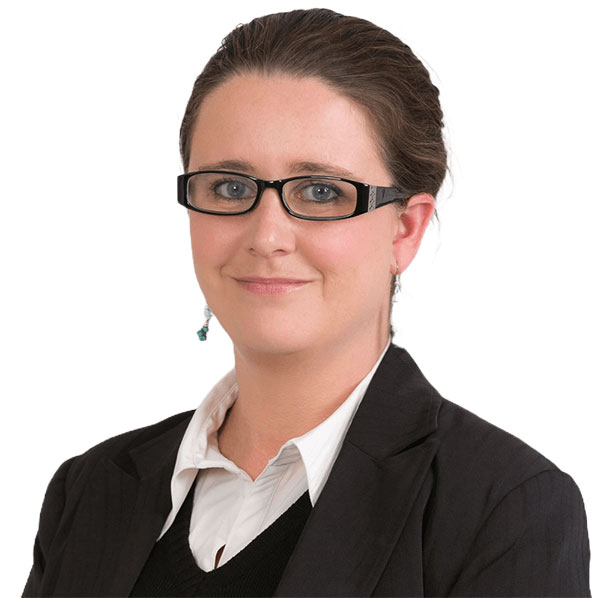How Do I Trade Mark a Name and Logo Internationally?

If you want to protect your trade mark in more than one jurisdiction, then you’ll need to file more than one application, is the short answer to the question. There’s no such thing as filing a single global application and getting protection for your trade mark all around the world. The particular filing methodology that you use to protect your trademark in more than one country will depend on a lot of different factors. That’s why we always recommend engaging a local trade marks attorney who has a network of foreign associates, and they can give you advice on the best filing strategy to suit your business.
Generally speaking, you have an option to either file directly into the overseas countries of choice and/or to file via what’s called the Madrid Protocol. The Madrid Protocol is essentially an international agreement that many countries, but not all, are a party to. It can allow you, as an Australian trade mark owner, to protect your trademark in a number of countries that are member states of the Madrid Protocol through the filing of a single trade mark application with the World Intellectual Property Organisation (WIPO). It can be a cost effective way of obtaining protection in multiple countries, but the cost depends very much on how many countries you want to protect your trademark in, what those countries are, and of course that they’re actually members of the Madrid Protocol.
For example, let’s say you have a company that is selling goods internationally and in fact you’ve been doing that for a while but you haven’t registered your trade mark, which you should do, but often that happens, people have been using a trademark but they haven’t registered. For example, if you have been selling your goods under your trademark into the US market already, then it’s probably a better idea, irrespective of cost, to file directly into the USA. And the reason for that is that if you do that, you can make a claim to your first use and that will be noted on your application. You can’t do that if you designate the USA under the Madrid protocol as the assumption under the Madrid Protocol is that you intend to use your trade mark in the USA rather than an assumption of actual use.
When it comes to protecting your trade mark internationally there are a lot of factors that need to be considered so the right strategy is usually on a case by case basis. We can assist you in determining the best strategy for your circumstances, including liaising with our foreign associates when needed. Whilst it doesn’t happen often, things do change in trade mark practice in different countries from time to time so it’s important to consider those changes when forming a filing strategy.
An example of this is Brexit. Brexit is not changing the trade mark law so much as changing territorial boundaries. If, for example, you want to get a European trade mark, what used to be called a Community Trade Mark, you need to be aware that that won’t protect your trademark in the United Kingdom following Brexit.
It’s for reasons like this it can be a good idea for business owners to engage a trade marks attorney if they want to file a trade mark internationally. We would argue that it’s better to engage a trade mark attorney for filing in Australia as well because we want to make sure that you file the correct trade mark, get the ownership correct, and definitely get the claim for goods and services correct.
However, it’s even more critical when you go to the international level because of all of the complexities in the way you file and how you claim. For example, convention priority. You can claim convention priority from your first application is Australia. If you want to file internationally within six months of that Australian filing, you can claim priority from your Australian filing. There’s a lot of factors that need to be taken into account, to ensure you’re in the best form of protection for the IP in different territories.
What Are Some Common Mistakes You People Make When Going Through the Process of International Trade Mark Registration?
It could be a mistake to file your own international trade mark applications, or attempt registering your own trade marks unless you have done your homework and understand all the ins and outs. This can become quite a costly mistake with international applications. We often see clients who have used various online trade mark filing services because they appear cost-effective. If you know what you’re doing, that’s fine, but if you don’t, then that is something really to be careful about because if you’re using almost like a DIY online service then essentially you need to know exactly what goods and services you want to claim, and you need to know how to describe them. When it comes to international applications you need to understand the rules of each country and the sorts of claims they accept. Additionally you need to have a clear understanding of ‘rightful’ ownership rules when naming your applicant in any application.
Getting the goods/services wrong is not always fatal, however, it could create a bit of an administrative issue, and, result in needing to engage a foreign associate as you will likely receive an examiner’s report that tells you, “You have all of these issues,” and then you’ll most likely need to engage a foreign associate to respond – a cost that could be avoided by filing the specification correctly from the outset.
As touched on, another common example of a problem that we see is not correctly identifying the owner of the trade mark. The level of detail that you have to go into differs between different jurisdictions. Another example is the trade mark itself. For example, in some Asian countries they really do require you to file the trademark as it is used. And when I say that, I mean filing a plain word mark when what you actually use is a stylised trade mark would not necessarily be considered acceptable in some jurisdictions. What they want to see is exactly how you use it. Whereas, in Australia we would say, “By all means, file it as a plain word,” because it gives you more flexibility to change the stylisation over time. But that’s not going to cut it in other jurisdictions. So, these are common mistakes that people make when they self-file overseas.
Should I File in Another Language?
It is a good idea when filing your trade mark overseas, which consists of an English word or an English phrase, particularly in an Asian country such as China, to consider what the mark sounds like or translates as. For example, when it is phonetically sounded out in that language, it may have connotations that are not positive.
It’s a very good idea if you’re filing, particularly in China because it’s such a big market and it’s often the place where goods are manufactured, is to perhaps consult a Chinese trade mark firm. Whether that be through your local attorney or directly, but it’s probably easier to go through your local attorney who speaks your language, but ensure that they can advise you on what’s the most appropriate trade mark to file in their country. Whether that be the English form or a Mandarin word that conveys the same message that you want to convey as opposed to a message that you don’t want to convey. In some instances it is worthwhile filing your English mark and a native language/character mark.

